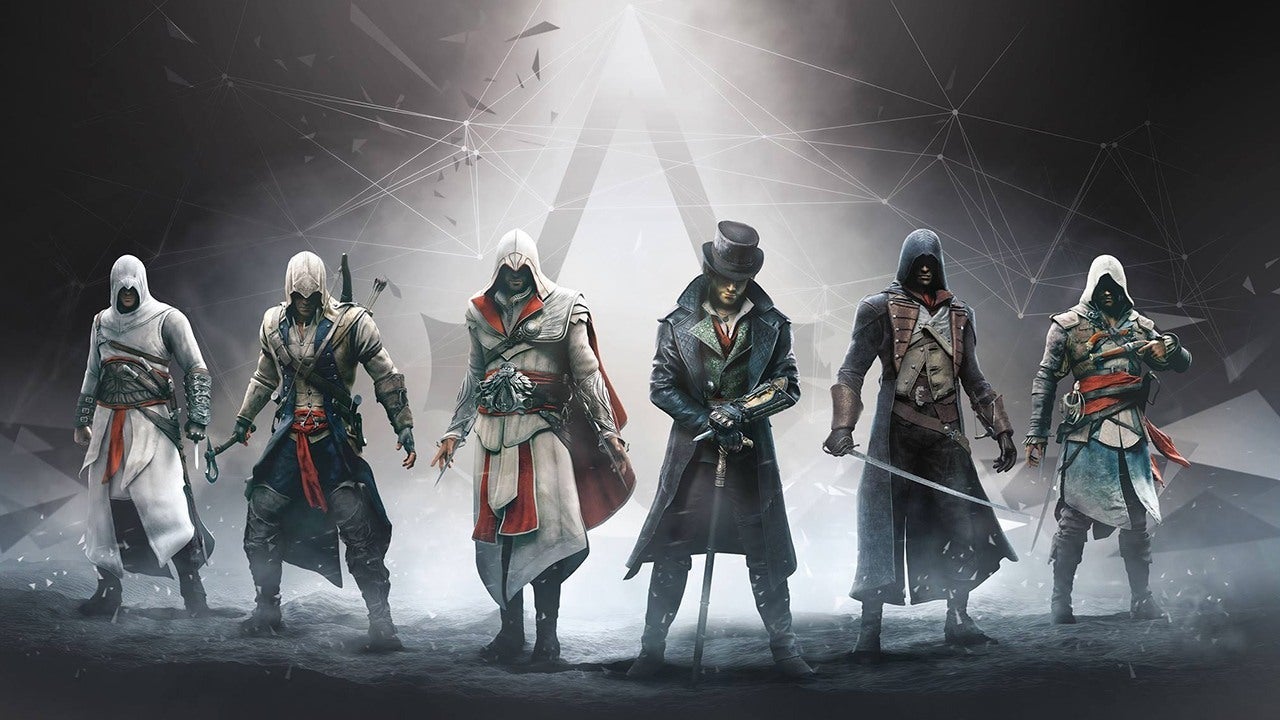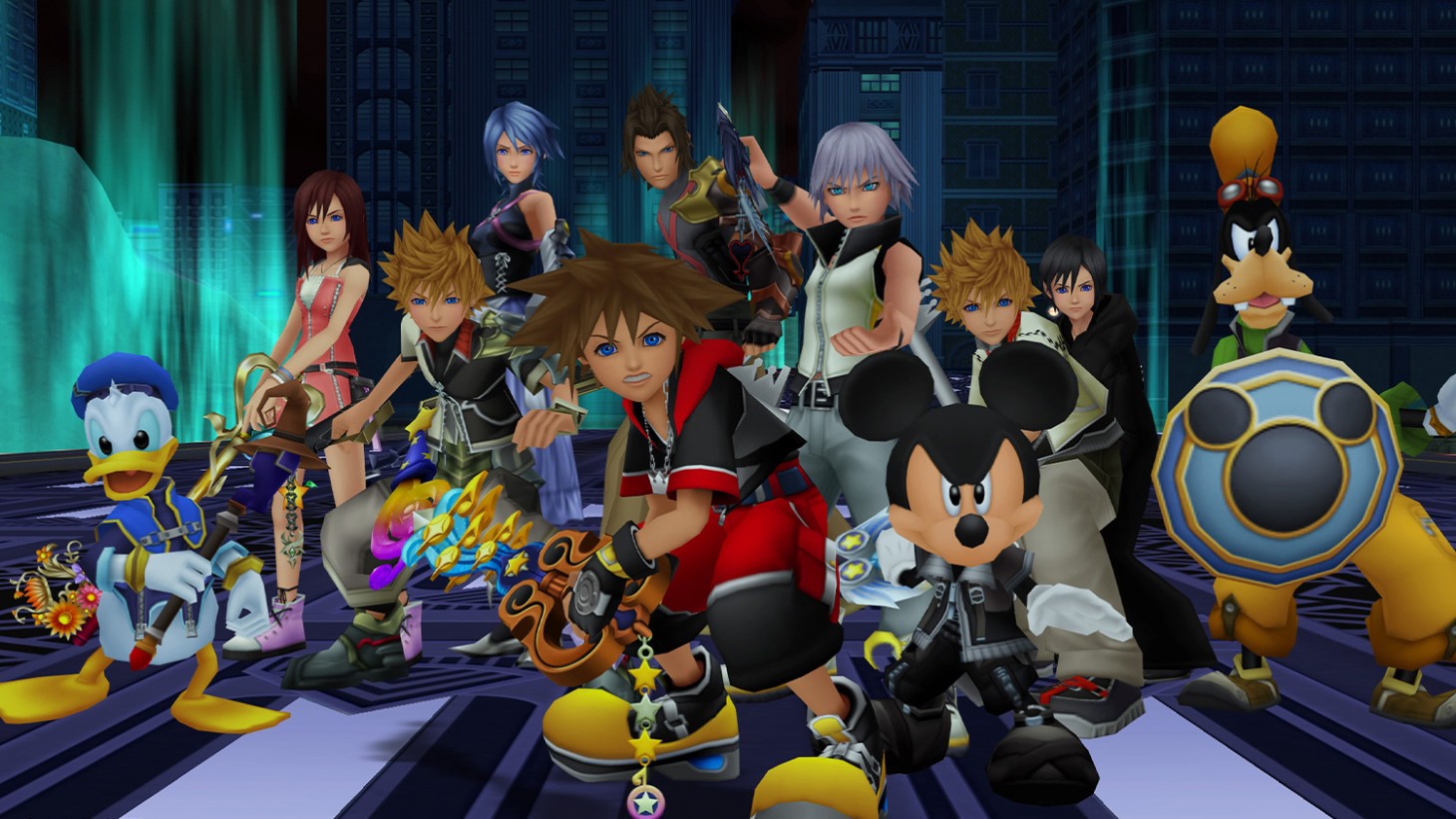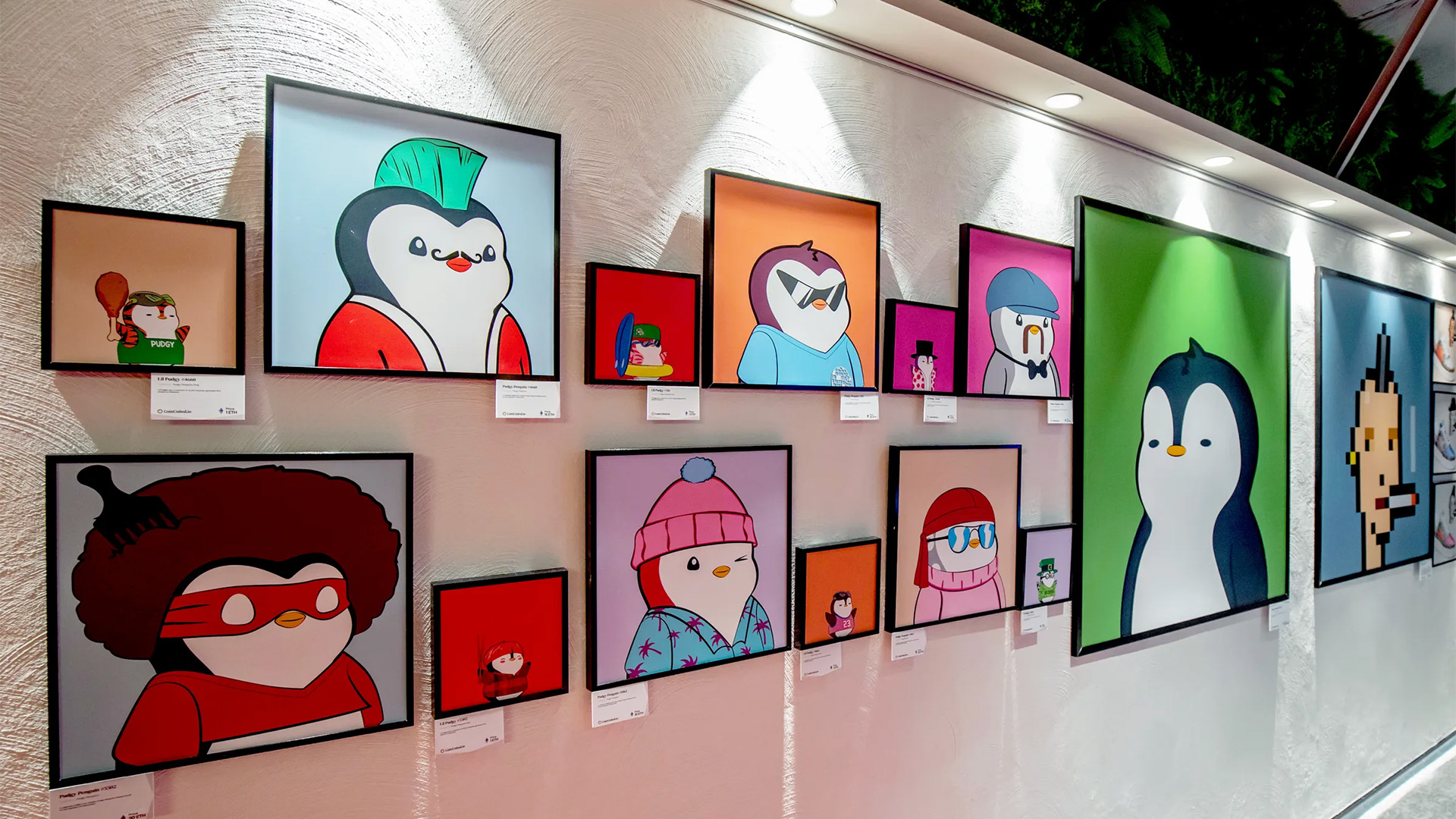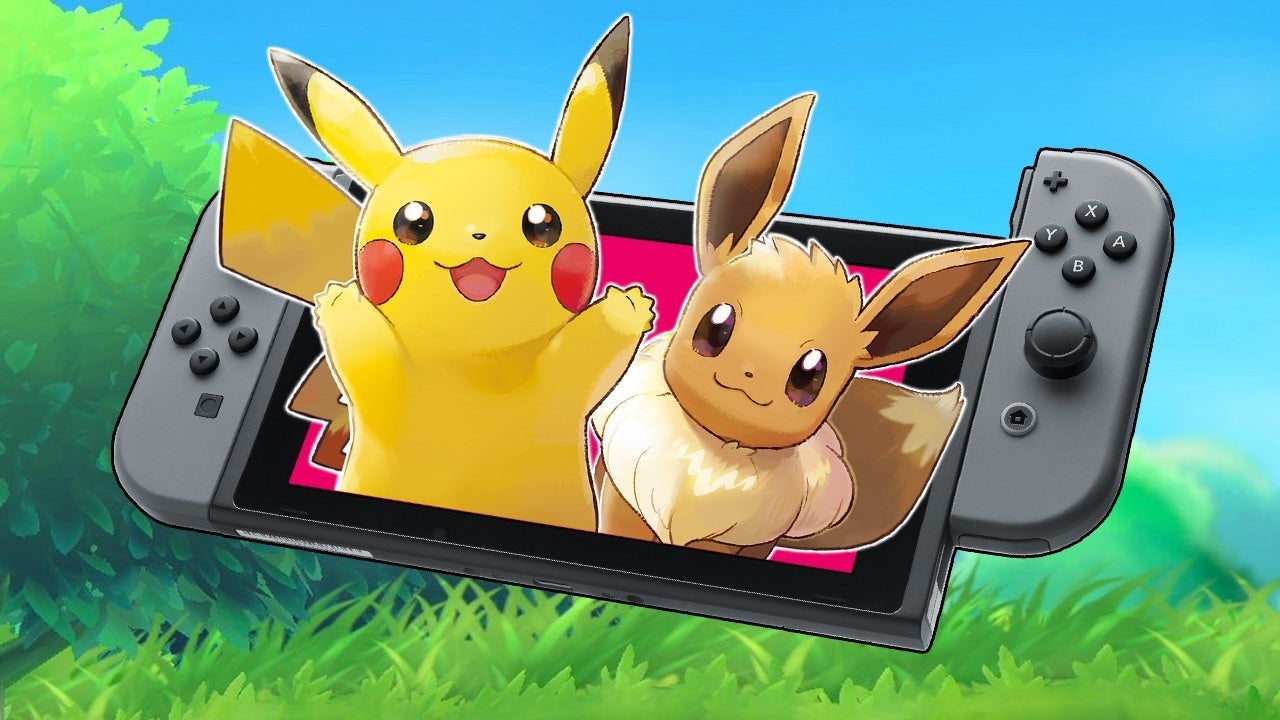In today’s highly competitive marketplace, brands are continually seeking innovative methods to establish a deeper and more meaningful connection with their audience. Some use interactive media solutions and some leverage technologies like Mocap.
Well, we’re here to propose a new way to maximize brand engagement, create a unique brand experience, and foster loyalty: The game and animation package.
This powerful duo offers the best of both mediums—animation for compelling storytelling and emotional resonance, and games for active engagement and interactivity. By blending these elements, brands can craft an immersive experience that not only captures attention but also fosters lasting relationships with consumers.
Let’s see how the animation + game package can be a game-changer in modern branding strategies.
Branding with Game & Animation: Is It Effective?
Brands today are finding ingenious ways to connect with their audience. The strategic mix of games and animations presents a strong and novel tool almost all businesses can take advantage of.
Yes, games and animations seem amazing. But how effective are they truly when it comes to successful branding and brand messaging?
Turns out: a lot.
Did you know that 72% of mobile gamers actively choose to interact with rewarded in-app ads, while 64% say they’d rather engage with rewarded ads over sponsored social media content?
Did you know that branded animations have a much higher chance of sticking in your audience’s mind for their seamless storytelling?
Or that games can reach a much wider audience than traditional forms of marketing?
Both types of content can be used to:
- Boost audience engagement
- Promote products or campaigns
- Reach a wider audience
- Keep the audience’s attention for longer
- Analyze audience behavior
- Foster brand loyalty
- Complete email list
Games & Animations – How Do They Complete Each Other?
Games and animations make for a dynamic duo. They complete each other in more ways than you could imagine, each with unique superpowers that, when combined, create an even greater impact.
Let’s take a closer look at how these two creative forces join forces to make brands shine.
Interactivity Levels
As we explain in our blog post about Interactive Media Solutions, different types of media can have different levels of interactivity. Three main interactivity levels include:
- Real-Time Interactivity
- Medium Interactivity
- Limited Interactivity
In this case, we know that games usually involve audiences more than animations (or any other media type, for that matter). In a typical game, players can interact with the world’s environment (make sounds, hide in the bushes, etc.), objects, non-player characters (NPCs), artificial intelligence, and other players.
So, it’s safe to claim that all types of video games are more interactive than animations. Even though there are ways to make animations and movies interactive too, they’ll usually never compete with game interactivity levels.
On that note, you may want to check out Picotion’s full guide to Interactive Animation Techniques to learn more about how you can bring interactivity to your videos.
Audience Involvement
Games and animations both involve audiences pretty well but in very different ways.
First, there’s animation, a fun way to spend time without commitment or worries.
Watching an animated series doesn’t need much aside from some free time. They’re the ideal pastime for lunchtime breaks, sleepless nights, or casual dates. These reasons are partly why animated videos can have a very broad appeal and attract people of all ages, professions, genders, and demographics.
The same can’t be said about games.
Even the simplest of games need you to focus, abandon all other activities, and spend some quality time battling tasks and challenges. That’s why games usually only attract a dedicated and engaged audience.
Yes, gamers are fewer in numbers than those interested in watching an animated series on a random day. But gamers are also MUCH more involved in the process, pay more attention to details, and are more likely to remember your brand after their gaming experience.
Engagement Style
The goal is to maximize brand engagement, right? So you must recognize the differences between games and animations’ engagement styles to take advantage of them.
Games engage users through challenges, competition, problem-solving, and achievement. They encourage active participation and can create a sense of accomplishment. So you can create an engaging game with no plot or character development!
An animated series, however, needs more to be really interesting to viewers.
Animations engage users through storytelling, visuals, and emotional connections. They convey messages through narratives, characters, and art, often aiming to evoke specific emotions.
Note: There’s no one way to develop a successful animated series or game. Some can attract millions of viewers through the simple use of colors and some fail to sell even after rigorous and expensive production.
What matters is to follow through with standard pre-production, production, and post-production phases and find the right team with the right technologies!
Varying Purposes
Games and animations can serve different purposes based on your brand objectives and business goals. For example, games can serve educational purposes by creating interactive learning experiences.
Here’s a point-by-point review of the best purposes these media types can serve.
For starters, games:
- Games are excellent for skill development because they offer hands-on practice and often include challenges and levels that gradually increase in difficulty.
- Entertainment is a primary purpose of games. They offer players immersive experiences, enjoyment, and escapism.
- Gamified marketing campaigns use game mechanics to engage users, encourage participation, and promote products or brands. These campaigns leverage the fun and competitive nature of games to attract and retain customers.
Animations:
- Animations are a powerful tool for storytelling. They can convey narratives, emotions, and complex ideas in a visually engaging manner.
- Brand awareness is often achieved through animations by creating memorable characters or visual elements associated with the brand.
- Animations are effective for conveying complex concepts or visualizing data in a simplified and understandable way. Did you know that 72% of consumers would rather watch a video than read text when presented with information about a product or service?
- Emotional connections with the audience can be established through compelling characters and relatable stories, creating a lasting impression.
Feedback Loop
Games provide immediate feedback to players based on their actions. For example, if a player completes a level or solves a puzzle, they receive positive feedback (rewards, progress). If they fail, they receive negative feedback (loss of a life, points, or progress).
This feedback loop motivates players to continue playing, learn from mistakes, and improve their skills.
Animations offer a fixed narrative without direct user input. Viewers watch a predetermined sequence of events, and there’s no real-time interaction or feedback from the audience. Any emotional response or understanding is based on the viewer’s interpretation of the content rather than direct engagement.
Duration
Games can vary in length.Mobile games often feature short, bite-sized levels that can be completed in a few minutes. But there are also open-world games or role-playing games (RPGs) that can provide hundreds of hours of gameplay.
An extensive, immersive experience could be just what your audiences need.
On the other hand, animations usually have a predefined duration. They are designed to be consumed in a single sitting, whether it’s a short animated film, a TV episode, or a feature-length movie.
This fixed duration allows creators to craft a specific storytelling experience.
Monetization Models
Games have diverse monetization models, including:
- In-app purchases: microtransactions for in-game items or content.
- Advertisements: both in-game ads and rewarded video ads.
- Premium purchases: one-time payments to access the full game or premium content).
Some games also offer subscriptions or season passes for ongoing content.
We went into the details of monetizing your animated series in our blog post here. Here’s a short recap: Animations can be licensed, merchandized, and later brought into the Metaverse!
Licensing involves selling the rights to use the animation in various contexts, such as merchandise, TV broadcasts, or streaming platforms. Merchandise sales can include toys, clothing, or other products featuring characters from the animation.
Direct distribution may involve selling or renting the animation directly to viewers through platforms like DVD/Blu-ray sales, streaming services, or pay-per-view models.
Advantages of Combining Animation & Game
Combining both games and animations in a series package can leverage the strengths of each medium to create a unique and engaging brand experience.
- Holistic Brand Experience: You can use animations to introduce your brand’s story and characters, then seamlessly transition users into a game where they become active participants in that narrative.
- Maximized Engagement: There’s no denying that engagement rates skyrocket when games and videos come together. What intrigues and draws in (aka the narrative) can then turn into an interactive narrative experience through gameplay. This engagement style keeps users invested and strengthens brand loyalty.
- Cross-Promotion: Games and animations can cross-promote each other. In-game references or characters can appear in animations, and animations can feature scenes or narratives from the game. This interconnectedness reinforces your brand and message on different mediums.
- Data-Driven Insights: Games offer valuable data on user behavior, preferences, and interactions. This data can be used to fine-tune your branding strategies in both games and animations. For example, you can tailor animations based on how users engage with the game and vice versa.
- Memorable Experiences: Brands that combine games and animations can deliver innovative and memorable experiences. This uniqueness sets you apart in the market and ensures that consumers remember your brand for its creativity and engagement.
Best Examples of Animation & Games + Best Practices
The idea of mixing games and animated videos might be a modern branding strategy, but its clever examples date back to much older times. In fact, as we highlight in our blog post here, the concept of combining different forms of entertainment to captivate audiences has a rich history.
These examples are self-explanatory case studies that show how the “animation and gaming package” can bring successful brand expansion, brilliant storytelling, and better user engagement.
There’s something to learn from each of these examples, so keep reading.
Assassin’s Creed – Ubisoft
Ubisoft collaborated with animation studios to create the animated series “Assassin’s Creed: Embers.”
Best Practice: Use animation to add depth to your characters and world, making players more emotionally invested in the experience.

League of Legends – Riot Games
Riot Games released “Arcane,” an animated series set in the “League of Legends” universe, which delves into the lore of the game’s champions and regions.
Best Practice: Expand your brand’s narrative through animations that explore the rich backstory of your game’s characters and world, creating a deeper connection with players.

Kingdom Hearts – Square Enix
This action RPG series combines Disney characters and worlds with original game characters and storylines.
Best Practice: Seek partnerships that bring together diverse universes or IPs, allowing players to explore new and familiar worlds within the game.

Cuphead – Studio MDHR
The game “Cuphead” seamlessly blends 1930s-style hand-drawn animation with challenging gameplay.
Best Practice: Use suitable animation styles for different game types to create a unique art style that sets your game apart. This will also highlight your brand’s identity and visual appeal.

Emerging Technologies & Future
From immersive metaverses that blur the lines between reality and fantasy to the wizardry of artificial intelligence crafting personalized adventures, the future promises to be nothing short of extraordinary.
Here’s a summary of everything you can expect to hear more about in the games x animation world.
Turning In-Game Items into NFTs
Blockchain and NFTs (non-fungible tokens) are making waves, turning in-game items and collectibles into digital treasures with real-world value.

Metaverse
The Metaverse is like a digital wonderland where the line between reality and the virtual world gets seriously blurry. Expect to see brands taking full advantage of this immersive space.
Artificial Intelligence
Artificial Intelligence (AI) is about to become your new best friend (or your worst enemy). Imagine games and animations that adapt and change based on your preferences, making each experience uniquely yours.
There’ll also be AI-driven game masters and directors that will keep your gaming experiences fresh and exciting!
Cross-Media Storytelling
Brands are already creating cohesive narratives that span across games, animations, TV series, movies, books, and more! This means that soon, users can engage with their favorite story through their preferred medium.
Motion Capture and Facial Recognition
Mocap technology allows for more realistic character animations, while facial recognition enables personalized interactions with animated characters. Brands can use these technologies to create lifelike characters and make their audiences feel more special!

Final Word
We’re on the brink of an exciting future for Game and Animation branding. Emerging technologies like blockchain-driven NFTs, immersive metaverses, AI-driven personalization, and cross-media storytelling are bound to elevate brand experiences.
Now, you have the opportunity to create immersive, memorable, and deeply engaging experiences that leave a lasting impression. So, whether you’re a seasoned brand looking to reinvent your approach or a newcomer who wants to make a splash, this is your moment.
Get in touch with Picotion’s team and we’ll help you capture the hearts and minds of your audience with mesmerizing 2D and 3D animation that can be easily made into games thanks to the Unreal Engine technology.
FAQs
How can animation and games benefit my brand’s marketing efforts?
Animation and games can be game-changers for your brand’s marketing efforts for 7 reasons: Boosted Engagement, Memorable Branding, Wide Audience Reach, Educational Potential, Cross-Promotion, Data Insights, and Higher Interactivity Levels.
What types of brands can benefit from combining animation and games?
Any type of brand, from entertainment and education to consumer goods and tech, can benefit from combining animation and games to engage their audience and elevate their marketing efforts.
How can I find the right animation studio or game developer for my brand?
Look for an animation studio with experience in designing game assets and flexible solutions tailored to your budget. Some studios (like Picotion) can also turn animations into games in a breeze thanks to Unreal Engine technology.
Author
